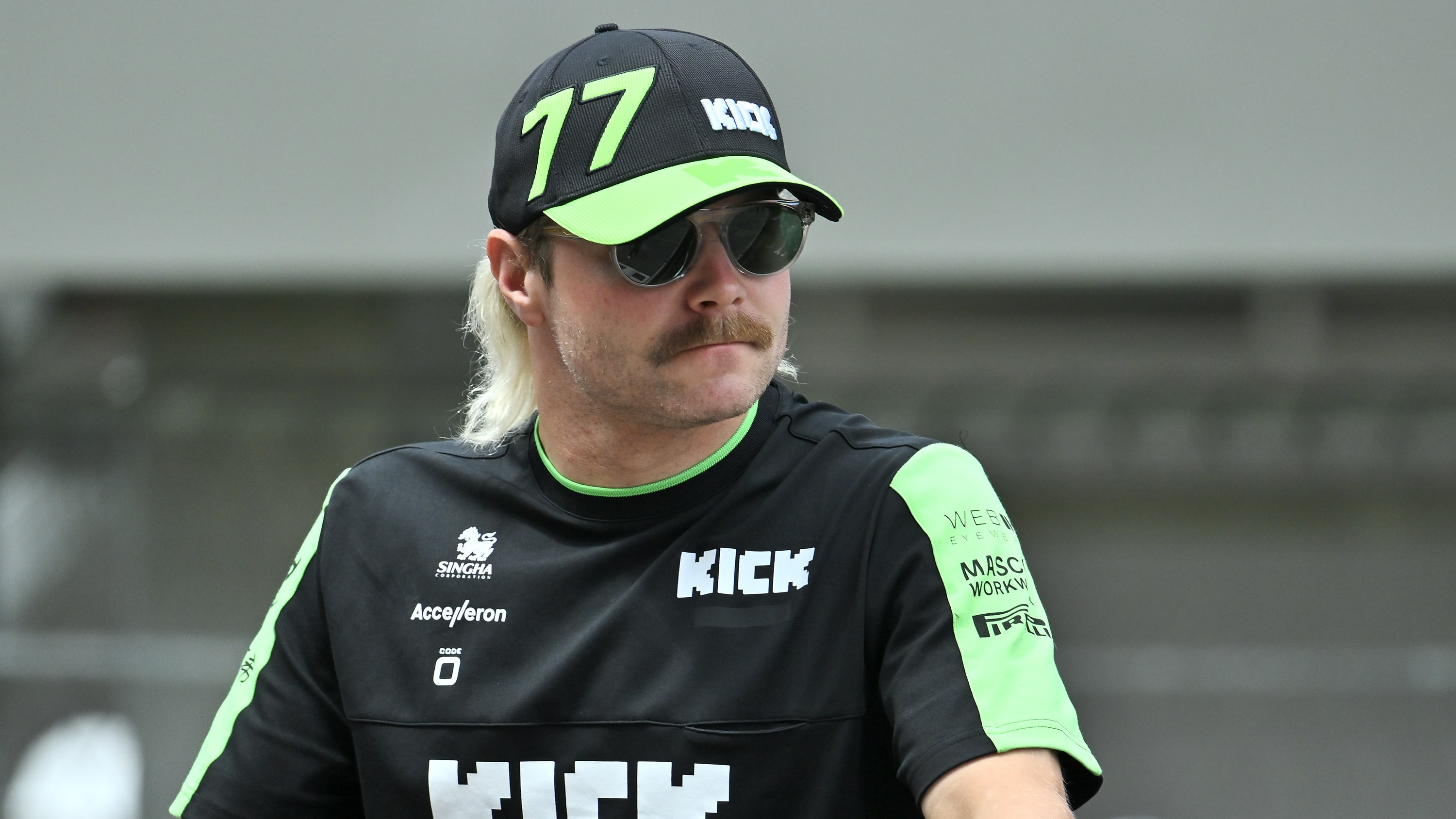Dekotora Dreams: Japan’s Rolling Art Truck Phenomenon
Step into the dazzling world of Dekotora—Japan’s neon-lit trucks turned mobile masterpieces. A wild mix of craftsmanship, nostalgia, and custom creativity.

TL;DR
1. Dekotora trucks are ultra-decorated Japanese haulers—covered in neon lights, murals, chrome, and cultural flair.
2. The trend kicked off in the 1970s and has evolved into a vibrant subculture with exhibitions and clubs.
3. These rolling works of art mix custom engineering with traditional storytelling and deep community pride.
What Is Dekotora? It’s Art, Culture, and Chrome
Imagine an 18-wheeler lit up like a Christmas tree in Shinjuku, murals of dragons and samurai on the side, chrome-plated everything, and maybe even chandeliers inside the cabin. That’s Dekotora—short for “decoration truck.”
What started as a niche trend in Japan’s trucking community exploded into a full-blown cultural movement after the Torakku Yarō film series hit screens in the mid-1970s (https://en.wikipedia.org/wiki/Torakku_Yar%C5%8D). These movies romanticized the life of long-haul drivers and their flamboyant trucks, inspiring a generation of drivers to customize their own rigs.
Over the years, the designs got wilder. We’re talking about rigs so decked out in stainless steel, LEDs, and airbrushed art that they could give Blade Runner a run for its money.
From Cargo to Canvas: The Styles of Dekotora
Not every Dekotora is built the same. Regional and stylistic differences have emerged over time. Some builders prefer the retro ‘70s look—curved fenders, polished chrome, and colorful murals of geishas or Mt. Fuji. Others push the boundaries with Gundam-style angular body kits, animated LED strips, and futuristic paneling.
These trucks aren't just for show. Many owners still work them day-to-day or drive them to charity events and cultural festivals. The level of commitment to the craft is unreal—some owners spend over 10 million yen (around £50,000+) on custom fabrication and upkeep.
See a visual breakdown of styles and history here:
https://en.wikipedia.org/wiki/Dekotora

Events and Exhibitions: Where Dekotora Truly Shine
Since many Dekotora builds are too flamboyant for public highways, they mostly shine at special events and exhibitions. One of the most talked-about is the Dekotora Art Exhibition held in Utsunomiya, where builders from all over Japan gather to show off their trucks and compete for style awards.
One of the most iconic trucks ever, “Ichibanboshi-go,” from Torakku Yarō, still makes appearances at modern events—bridging nostalgia with today’s hyper-stylised builds (https://www.asahi.com/ajw/articles/15927516).
Even at new-year gatherings and charity meets hosted by Utamaro kai (Japan’s largest Dekotora association), the show is about more than aesthetics. It’s about brotherhood, tradition, and passing down skills to younger generations.
For a behind-the-scenes glimpse, check out:
https://soranews24.com/2023/01/09/kicking-off-the-new-year-with-a-gathering-of-the-most-famous-dekotora-in-japan/
Inside the Cab: Mobile Palaces of Light
Step inside a Dekotora cab and you’ll find plush interiors—quilted leather seats, custom-stitched curtains, carved wooden paneling, and even shrines. Some trucks include custom dashboards lit up like mecha cockpits, with dozens of switches controlling light displays, air compressors, and sound systems.
The cabins are just as expressive as the exteriors. Some even have themes—Shinto blessings, tributes to deceased relatives, or anime shrines complete with figurines.
The Engineering Side of a Rolling Work of Art
Though Dekotora are primarily about visual impact, many are mechanically impressive as well. Builders integrate hydraulic suspension, upgraded braking systems, and reinforced chassis to handle the added weight of the modifications.
It’s a far cry from slapping on a few underglow kits. Most of these trucks undergo years of refinement. And because Japan has strict vehicle regulations, a lot of builders keep a “road legal” and “show only” mode to ensure compliance.
For a breakdown on how these trucks balance legality and creativity, visit:
Dekotora guide to japan truck decoration culture
Why Enthusiasts Love Dekotora
Dekotora represents more than just style—it’s about identity, craftsmanship, and community. In a world where digital culture dominates, these builds remain proudly analog. Everything’s hand-fabricated, painted, welded, wired, and assembled by someone passionate about their story.
Just like with JDM cars or stance builds, it’s about expressing yourself through the machine. Only in this case, the “stance” is 10 tonnes of chrome, airbrushing, and strobe lights.
Want to Build One? Here’s What to Know
-
You don’t need a full truck. Some builders are creating mini-Dekotora using kei trucks and vans. They carry the same energy in a more affordable and manageable form.
-
It’s a long-term commitment. Much like restoring a classic car, building a Dekotora takes time, money, and a serious love of detail.
-
Connect with a crew. Most builders are part of groups like Utamarokai. Joining a community helps with sourcing rare parts and learning the art.
Final Thoughts: Dekotora Is Culture in Motion
Dekotora is about standing out, sure—but it’s also about honouring craftsmanship, telling a story, and turning utility into art. Whether you’re rolling coal or cruising neon, these trucks carry not just cargo—but culture.
At Stance Auto Magazine, we love covering the lesser-seen corners of the modified vehicle world. And Dekotora is one of the brightest—and boldest—movements we’ve come across.
If you’ve built or photographed a Dekotora (or a mini version), get in touch—we’d love to feature it.
Author Bio:
Paul Doherty is the founder and editor of Stance Auto Magazine. From street builds to cultural deep dives, Paul is passionate about exploring the communities that keep car culture alive.
Call to Action
Do you have a build story like this one? Got a build on a budget? We want to see it. Submit your story to Stance Auto Magazine, and you could be the next featured owner showing the world how to do it right—without breaking the bank.
And hey, don’t forget to tag us on socials. Use #stanceautomag on Instagram, Pinterest and Facebook so we can see (and maybe feature) your ride.

Order Your Car Magazines From Our Amazon Book Store
Get Noticed Use our Hashtags - #stanceauto #stanceautomag #stanceautomagazine #modifiedcarmagazine
UKTM no: UK00003572459
 Like
0
Like
0
 Dislike
0
Dislike
0
 Love
0
Love
0
 Funny
0
Funny
0
 Angry
0
Angry
0
 Sad
0
Sad
0
 Wow
0
Wow
0

























































































.png)












![[HOONIGAN] Ken Block's GYMKHANA NINE](https://img.youtube.com/vi/_bkX5VkZg8U/maxresdefault.jpg)



































































































































